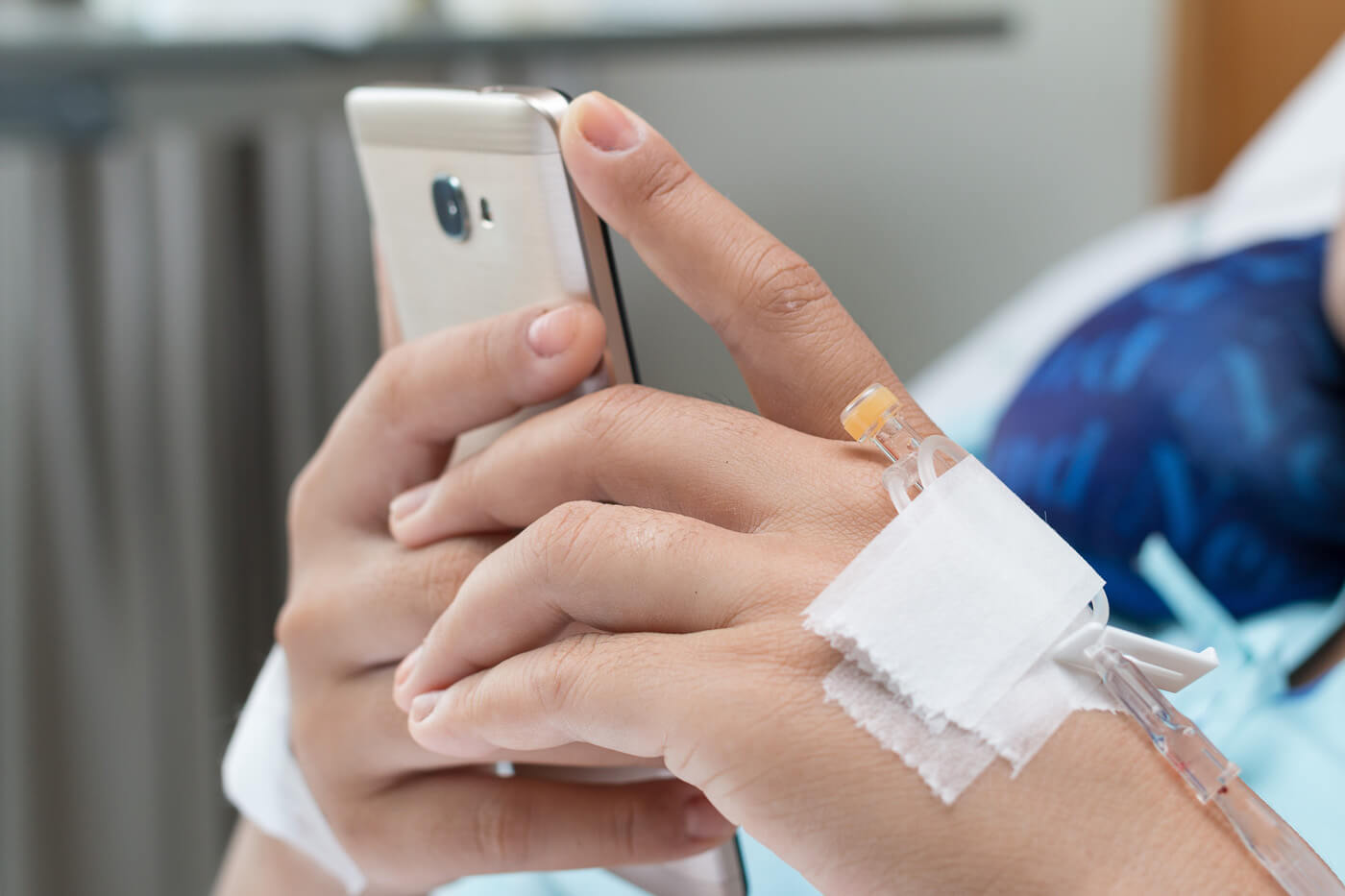[vc_row][vc_column][vc_column_text]In 2016, Pharmaceutical companies spent over 5.7 billion dollars globally in direct-to-consumer marketing. This is a 9% bump over 2015’s expenditures, a large increase for such a mature industry. With the growth of digital interconnectivity though, is this surprising? Tracking ROI and campaign performance is easier than ever, and budget allocations have been as accurate as time can tell. However, market research costs have not kept pace with advertising spend, forcing pharma researchers to be more versatile and flexible with their budget allocation. Despite the budgeting differences across departments, both teams share a common goal – developing and optimizing patient-centric messaging that resonates with patients, supports physicians, and best positions their brand.
Messaging forms the foundation of the largest marketing spend for healthcare and pharmaceutical companies year over year. It directly affects a brand’s market research efforts at nearly every level, and largely influences the effectiveness of the team’s overall marketing strategy. In this blog post, we will explore 3 key benefits of having optimized messages for pharmaceutical corporations.
3 Key Benefits of Optimized Messaging
The competitive landscape within healthcare forces brands to fine-tune their messaging to gain a competitive advantage. Large brands with gargantuan budgets and smaller brands (or treatments) are equally tasked with optimizing their budget and developing messaging that maximizes the ROI of their research spend. While it is difficult to assign a dollar value to an optimized message, we see 3 key benefits from optimized messages: Connecting Consumers (Doctors and Patients), Initiation Conversation Success, and Competitive differentiation.
-
- Connecting Consumers: Optimized messages will connect physicians, patients, and caregivers; motivating positive behavioral change and supporting both parties throughout the journey of treating a disease. One way of establishing this connection is by using metaphors that are natural to the relationship between physicians and patients. Keyword here being “natural”, you can’t derive the most effective metaphors behind closed doors, you must involve and gather input from both physicians and patients to craft metaphors that innately drive desired behaviors.
- Initiation Conversation Success: Optimized messaging can empower both physicians and patients to have successful brand initiation conversations: reasons for brand selection will be clear, what to expect will be discussed, and the confidence of both physician and patient will increase. Understanding how brand initiation discussions occur and how your brand can better support them provides insight into the required elements of optimal brand messaging.
- Competitive differentiation. In a crowded marketplace, filled with both healthcare and consumer messaging, it is becoming more difficult to stand out and get the attention of your customers. What were once key differentiators are no longer enough to set you apart from the crowd. Optimized messages highlight compelling differences that are truly relevant to your target customers. Finding what is relevant to customers is an essential first step to building messages that set your brand apart from the crowd.
At Verilogue, we pride ourselves on being the healthcare dialogue experts, having collected and analyzed over 125,000 HCP-patient conversations over the past decade, while working with the largest pharmaceutical brands in the world. Having diagnosed the spectrum of messages’ effectiveness across the industry, we have helped many brands improve their efforts in multiple ways, ranging anywhere from increasing empathy to boosting advocacy. We have developed a system to evaluate the effectiveness of current brand messaging and marketing materials across specialties, while simultaneously identifying gaps in the overall patient understanding to uncover deficiencies in your brand’s messaging strategy. To learn more about constructing messages that have a high check out this whitepaper on harnessing natural language. If your team is looking to revise your current messaging strategy to focus more on your physician’s communication behaviors, check out our case study on risk communication in the exam room.
To learn more about message optimization, check out our whitepaper “How to Create High Impact Messaging using Natural Language.”
Also, check out our brief video on patient-centric message crafting below:
https://vimeo.com/231595080/ba833bc332[/vc_column_text][/vc_column][/vc_row][vc_row][vc_column width=”1/4″][vc_single_image image=”55957″ img_size=”full” alignment=”center” style=”vc_box_shadow_3d”][/vc_column][vc_column width=”3/4″][vc_column_text]Mark Andrews is a Marketing Manager for Verilogue. Mark works with pharmaceutical companies to develop, grow, and improve patient centricity for their patients. By leveraging digital strategies to improve individual experiences, Mark helps brands improve their engagement efforts, while maximizing their brand’s full potential.[/vc_column_text][/vc_column][/vc_row]

